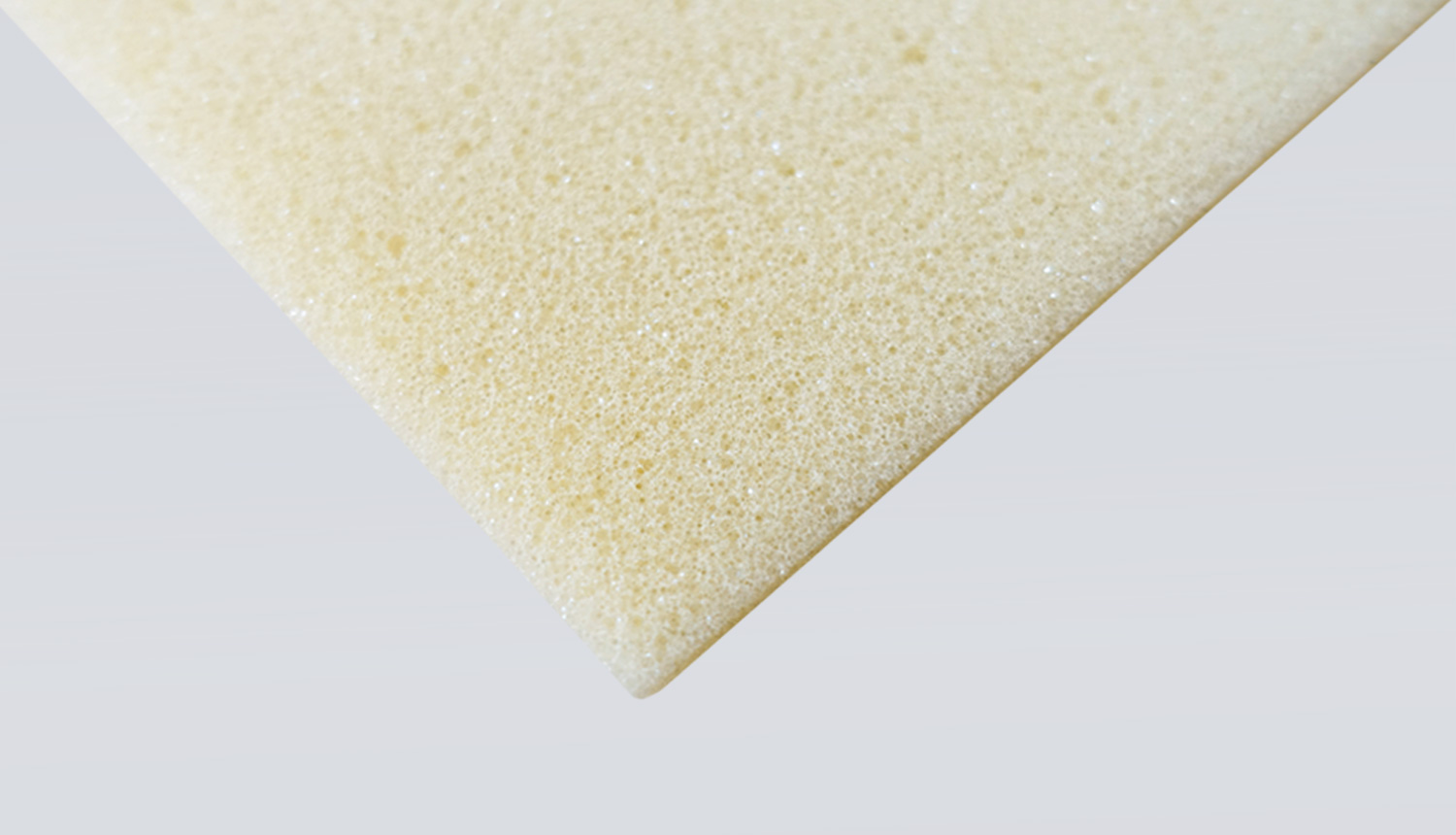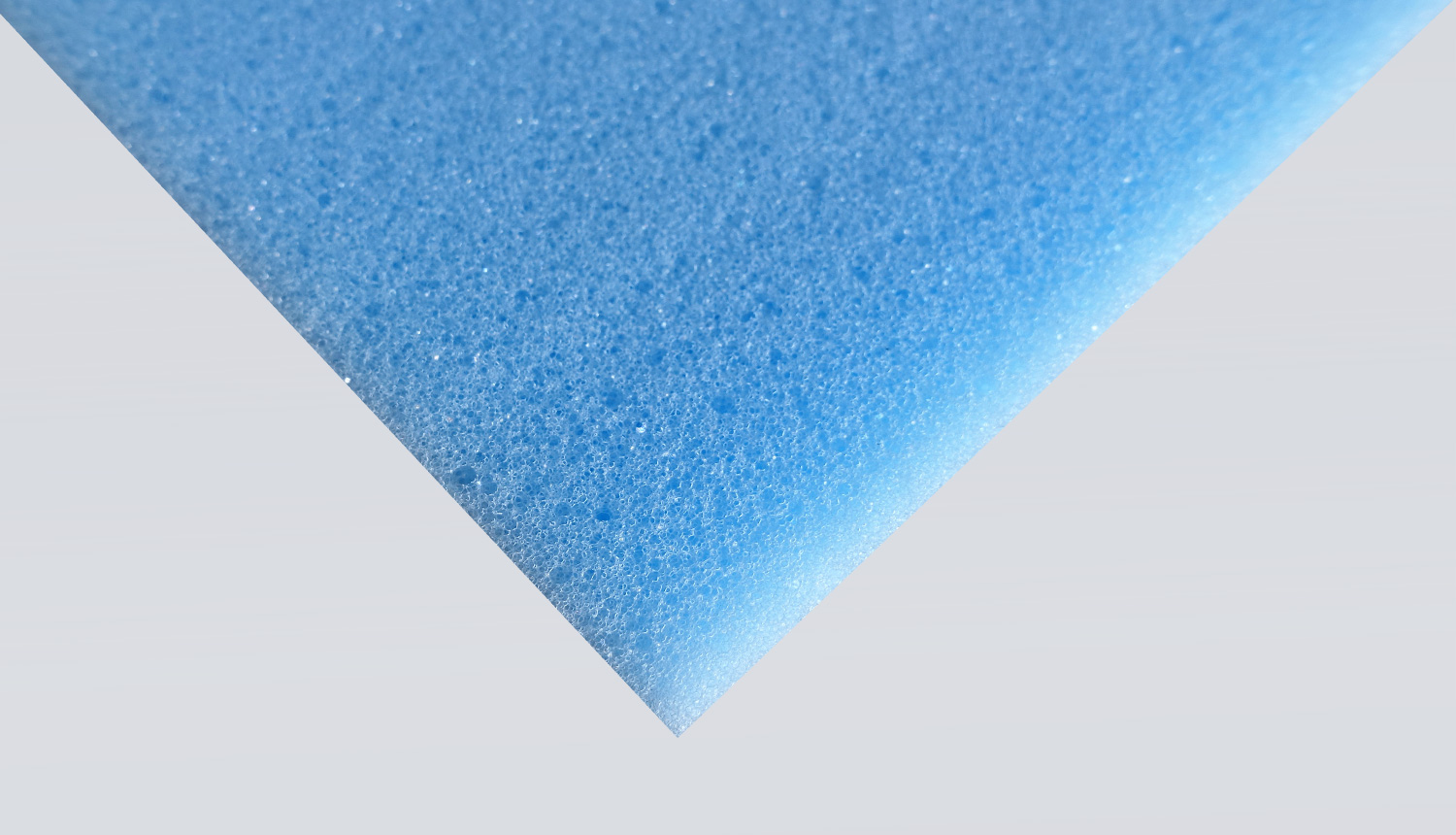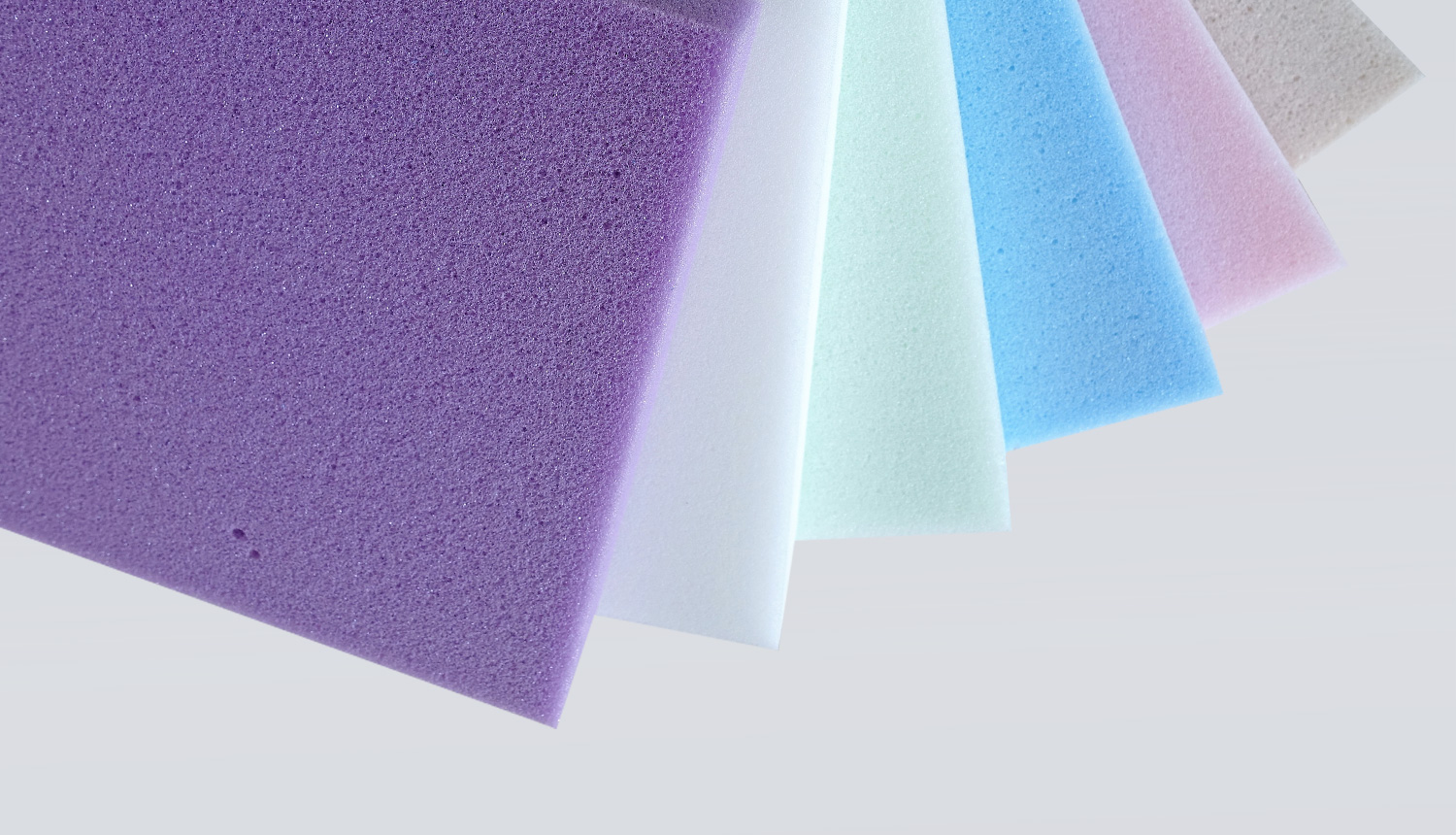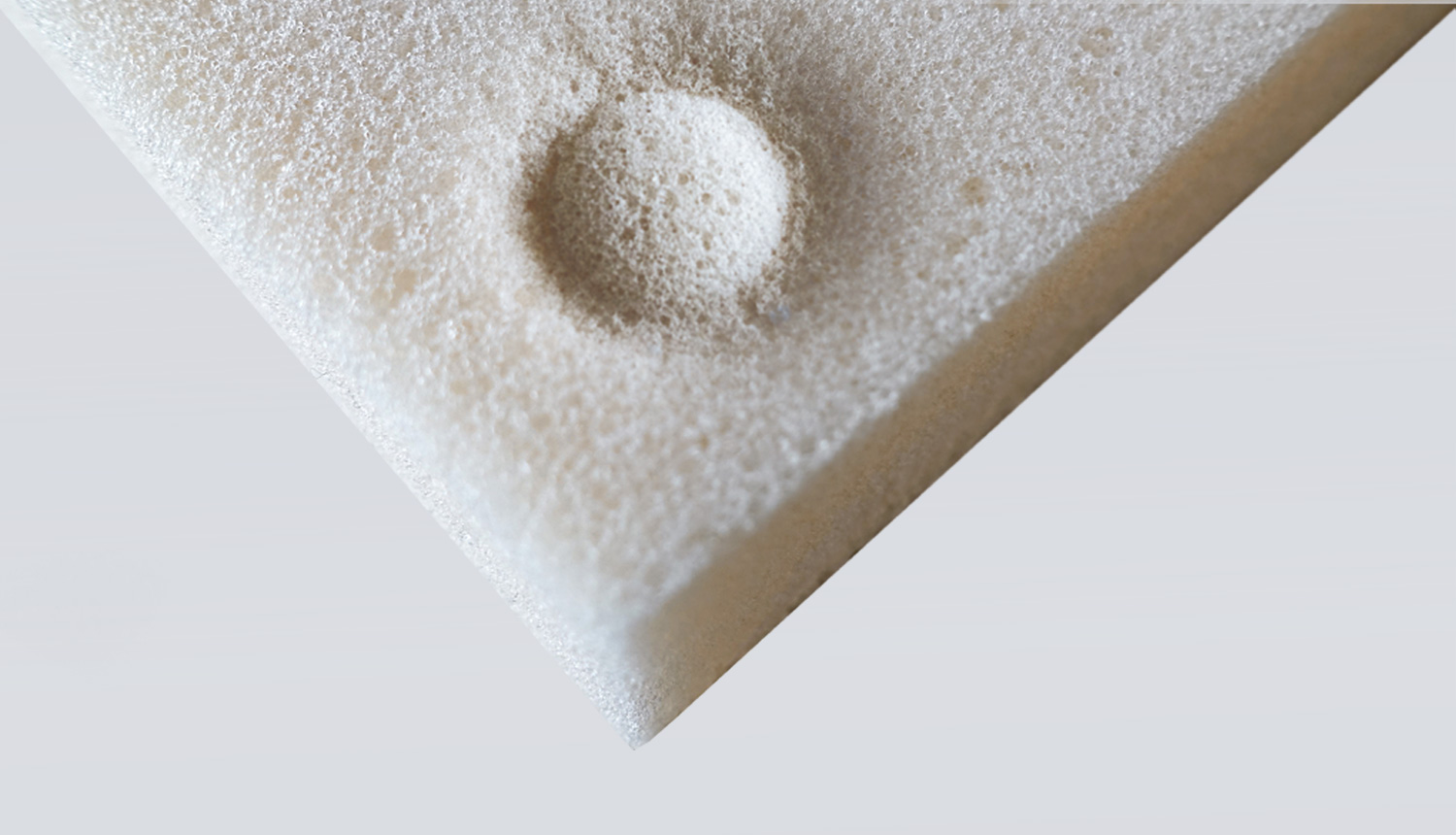Upholstery Chair Armchair Lounge Mattresses...
Online consulting!
Upholstery for armchairs, chairs, sofas, lounge camping mattresses and much more
A good upholstery requires filling materials. Foams are particularly suitable for this purpose, which you can obtain from us in various forms or qualities for upholstering armchairs, chairs and sofas.
Which foam is the right one for your needs depends on the demands you make on the product. There are foams that are rather soft and are perfectly suitable for soft seat cushions, however, it is rather unsuitable for a lounge chair and another foam might not be suitable for soft seat cushions etc.
The conventional variant and also the cheap one is PUR foam. PUR foam can be considered a classic among foams. For various purposes such as seat cushions, seat cubes, lounge cushions, bench cushions etc. this foam can be used. Depending on the density and compression hardness this foam can vary in quality and strength.
If you would like to use the upholstery foam in public buildings, restaurants, offices etc., you should pay special attention to fire protection. (e.g. BKZ)
Here the following product with BKZ 5.2 would be recommended:
Silphon?yellowfoam-FR 40 kg/m3 yellow Fire certificate
The density and compression hardness of the upholstery foam should be in an optimum ratio to each other. A high compression hardness is an indicator that the foam is not very flexible, so a lower value means that the foam is softer. It can be said that the higher the density, the more material has been used and the higher the quality of the product. If you want to use foams for bench rests and harder seat cushions or lounge chairs, you should therefore pay attention to a high compression hardness. Accordingly, foams with a lower compression hardness are suitable for soft seat cushions.
In principle it can be said
- 30 kg/m3 soft quality for seat and back cushions
Here we recommend:
Article 2019.0111.0009 Blockware PUR-Ether with 32 kg/m3 colour white
PU-ether foam 30 kg/m3 white
30 - 40 kg/m3 for standard/medium to high quality for seat and back cushions, mattresses, boat camping and garden cushions ecc.
Here we recommend:
Article 2019.0111.0007 Blockware PUR ester with 35 kg/m3 colour blue
PU-ester foam 35 kg/m3 blue
Or with increased fire protection and higher density:
Article 2019.0111.0026 Blockware PUR Ether 40 kg/m3 Colour yellow BKZ 5.2
Silphon?yellowfoam-FR 40 kg/m3 yellow Fire certificate
40 - 50 kg/m3 for high-quality to very high-quality and extremely permanently elastic quality for all applications
Here we recommend:
Article 2019.0111.0003 Blockware PUR Ether 53 kg/m3 Colour white
PU-ether foam 53 kg/m3 white
Unfortunately we do not have any covers for the foam pads in our range.
Frequently asked questions (FAQ)
The compression hardness or also called compression resistance is the pressure required to compress a foam. At a compression hardness of 60, 6.6 kPa (kiloPascal) is required to compress the foam to 40%. The compression hardness of a foam is its strength.
The density is the weight of the foam in kg/m? (kilogram per cubic meter). The weight or density of the foam is also an indicator of quality, the higher the density, the more long-lasting the quality. However, the density has nothing to do with the perceived degree of hardness. As a rule, lighter foams are cheaper because less material is needed.
According to your specifications, we can produce almost all geometries on our wide range of processing options such as punching, water jet cutting, contour cutting, shape cutting or cutting plotter. Which process is best suited for the desired foam cutting depends on the foam used as well as the required quality and quantity.
In Switzerland, PE or PUR foams cannot be recycled.
They are disposed of with household waste and are "thermally recycled" in the incineration plant.
This material is welcome in the incineration plant because it has a high calorific value and burns very cleanly.
With open cell/open pore foams, each cell is openly connected to the next cell. As a result the cells are not completely closed, water, moisture and dust can get into the cell structure.
The density is a measure of weight per unit volume. The unit is:
kg / m 3 (kilograms per cubic meter or kilograms per meter to the power of three)
The density is often one of the most important criteria for comparing and selecting foams.
If you would like to cut the foam to size yourself, there are various possibilities to cut the edges straight and clean.
Foam can be cut mechanically with a band saw with a fine-toothed or toothless blade.
Foam with a thickness of 20 mm - 30 mm can still be cut very well with sharp scissors. However, if you want to cut thicker foam, you will get very good results with an electric meat knife. Due to the two counter-rotating blades, the material is cut very precisely and cleanly. If you do not have an electric knife at hand, you can also use a conventional bread knife. The bread knife should have a serrated edge. Cutters or meat knives with a smooth blade are not recommended, because the knife becomes dull very quickly and you get frayed edges. a little vegetable oil on the recommended knife blade helps to simplify the cut.
Another possibility:
So that a "clean" cut is possible, it is advisable to treat the foam with some pressure (using a ruler) and compressit as much as possible to "0" and in this condition use a sharp
Cutter to cut through in one go.
The foam standard boards are delivered as untrimmed raw boards.
The ordered useful dimensions are guaranteed, protruding material (foam, fleece, SK-foil ecc.) is
but possible."




